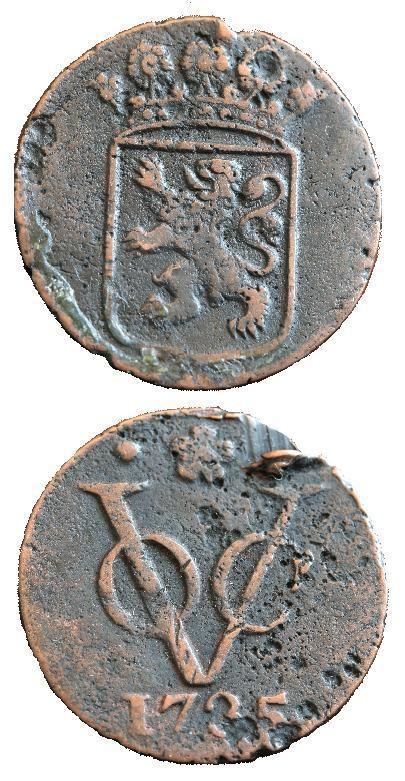 | ||
The duit was a copper Dutch coin worth 2 penning, with 8 duit pieces equal to one stuiver and 160 duit pieces equal to one gulden. In Dutch Indonesia 4 duit pieces were equal to one stuiver. To prevent smuggling, the Dutch East India Company (VOC) ordered special coins with their monogram embossed upon them. Only those pieces were valid in Indonesia. It was once used in the Americas while under Dutch rule.
Contents
The name of the coin was preserved for a long time in the 'fourduitcoin' (or plak), because it was worth 4 duiten = half a stuiver (or 2,5 cent).
In the Dutch language, there are many expressions, proverbs and sayings which feature the word 'duit'.
Influence
The word duit was absorbed into the Malaysian and Indonesian vocabulary, becoming a word representing 'money', besides wang (Malay)/uang (Indonesian).
The duit is also referred to as the "New York penny" due to its use as a Colonial monetary unit in Dutch New Amsterdam (later New York) and for years later, long after Dutch rule had passed. It was part of the coinage used to purchase the island of Manhattan from the locals.
Non-copper duit
In addition to copper, proof coinage of the duit was also minted in silver and gold.
